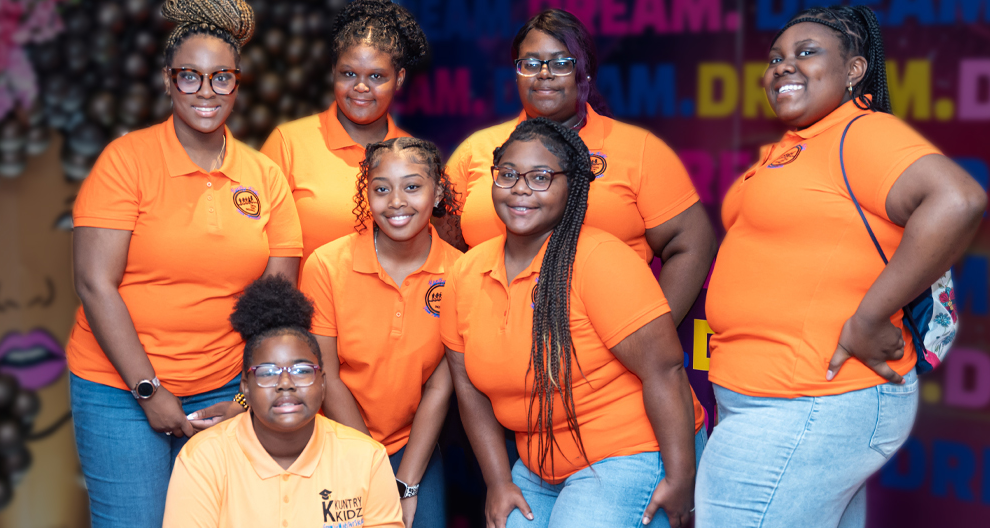The damage from commercial charcoal producers.
Deforestation and urban pollution are devastating the ecosystem in northern Uganda, forcing herbalists to travel long distances in search of plants that used to be readily available.
Many Ugandans rely on herbs to treat several types of ailments and since last year, there have been many programs geared toward using various plants in the search for treatment of Covid-19 in addition to other diseases.
A 2016 study on; “Prevalence and Factors Associated with the Use of Herbal Medicine During Pregnancy Among Women Attending Postnatal Clinics in Gulu District” reveals that 60 percent of Ugandans, irrespective of the social classes and educational levels seek medical advice from herbalists.
But as people continue to cut down trees for charcoal fuel and as urbanization cuts into or plunder the vegetation, there is a question of how long these herbs will survive.
Opposite Gulu University’s Faculty of Medicine stretches more than 50 acres of land with more indigenous tree stumps than standing trees. Sadly, that is the living gene bank of the university’s Pharm Bio-technology Medicine Center of excellence (PharmBiotrac) of the University.
PharmBiotrac opened a traditional medicines clinic at the University in 2017, where more than 300 herbalists and traditional knowledge holders have been trained, to equip them with safe and hygienic ways to extract herbs, and administer herbs.
Since the outbreak of Covid-19 in Uganda in 2020, these herbalists have submitted for testing by Gulu University, more than 70 herbs which they believe can cure have many ailments, including Covid-19.
However, the herbalists say massive deforestation, coupled with urbanization, is threatening the source of herbs.
Hellen Onek, one of the herbalists trained by PharmBiotrac, said years back, there were many trees and forests which made it easy for her to get herbs but now she travels across northern Uganda to places such as Elegu in Uganda-South Sudan border, karenga in North Eastern Karamoja, Orom in kitgum district, and Kalongo in Agago district, to get some of the herbs.
“I spend a lot of money traveling to get the herbs from these places because they are no longer in Gulu. And in those places, there must be a relative or trusted person to connect me to get those herbs,” Onek said.
“Most of the herbal plants are no longer in existence. Commercial charcoal burners have cleared the trees. Today, I can get an herb here and weeks after, I go and get only tree stumps and traces of charcoal,” she added.
Charles Olok another herbalist trained by PharmBiotec, said he also gets herbs from miles away. According to Olok, the herbs around the city are full of impurities from sewage, burnt tires, chemicals from hair salons and other pollutants, which make the herbs weak.
“I tried and those herbs near Gulu City and were not as effective, that is why I get mine from the wilderness, especially on hills,” Olok said.
Juliet Adoch, the coordinator of traditional healers in Northern Uganda said deforestation is dealing a huge blow to the herbalists coupled with rapid developments and commercial agriculture.
“People now guard their land jealously. Years back, I could walk into a bush and pluck some herbs, but now can be charged with encroachment,” Adoch said.
Since the outbreak of Covid-19, Uganda has seen a number of individuals coming up with herbal ‘cures’ for the virus. In June 2020, herbalists all over Uganda submitted more than 300 herbs to the National Chemotherapeutic Research Institute, NCRI, based in Uganda’s capital, Kampala, for testing. NCRI is a government research and development institute in natural products and services.
From early July 2021, mainstream media in Uganda has been awash with news of packaged Covid-19 ‘cures’, among the prominent ones being Covidex, a product made by Prof. Patrick Ogwang of Mbarara University of Science and Technology, and Covilyce-1 which was formulated by scientists of Gulu University. Besides Covilyce-1 there are herbal medicines that are produced by PharmBiotec including those believed to manage hypertension, sickle cell, asthma, diabetes, and arthritis.
In June 29, 2021, the National drug Authority, NDA, a government body that deals with the development and regulation of pharmacies and drugs in the Uganda, told Ugandans that they could start using Covidex, as a supporting treatment for Covid-19 and other viral infections. While on July 14, Gen. Yoweri Museveni, the president, defied NDA, and gave the developers of Covilyce-1 a go-ahead to continue researching on the herbal remedy.
However, Dr. Alice Lamwaka, the lead investigator into Covilyce-1 told BlackStar News, that the eight plants used to make Covilyce-1, which she said also cures other ailments such as asthma, other are endangered.
She however declined to name the plants, saying it would encourage unscrupulous persons to destroy them.
When news about Covidex came out, Prof. Ogwang, its formulator, named Warburgia Ugandensis and lemongrass as some of the ingredients
However, Dr. Lamwaka reasoned that; “…Warburgia Ugandensis mostly grows in northern Uganda, so as we speak, traders from down south have come and camped in the Villages in northern Uganda.”
“And most of the plants we are using for this management are endangered species already, and the community or traders do not know that they are endangered. Mentioning them will make people go and destroy them completely,” she added.
This reporter, however, could not verify the Dr. Lawmaka’s claim that traders from Western Uganda came looking for Warburgia Ugandensis after Dr. Ogwang’s mention.
Uganda has registered unfavorable reports of deforestation in the past few years, with northern Uganda being the most affected, due to booming commercial charcoal business. In March 2021, an environmental pressure group in northern Uganda dubbed; “Our Trees, We Need Answers”, revealed that trees in an estimated 100 acres of land in Agago, one of the districts in northern Uganda had all been felled off within two years by commercial charcoal dealers from the Central and Eastern parts of the country.
This report supports a 2015 government survey, which shows that 40 percent of charcoal used by urban dwellers countrywide, comes from northern Uganda. While records by World Development Indicators shows that by 2018, Uganda had 64 threatened plant species.
For the past four years, PharmBiotec has been preserving all native trees on the 50-acres piece of land.
“We need to protect the remaining plants, but it is now difficult because people already know that the formulators of Covid remedies are using some plants to make them,” Dr. Lamwaka said.







